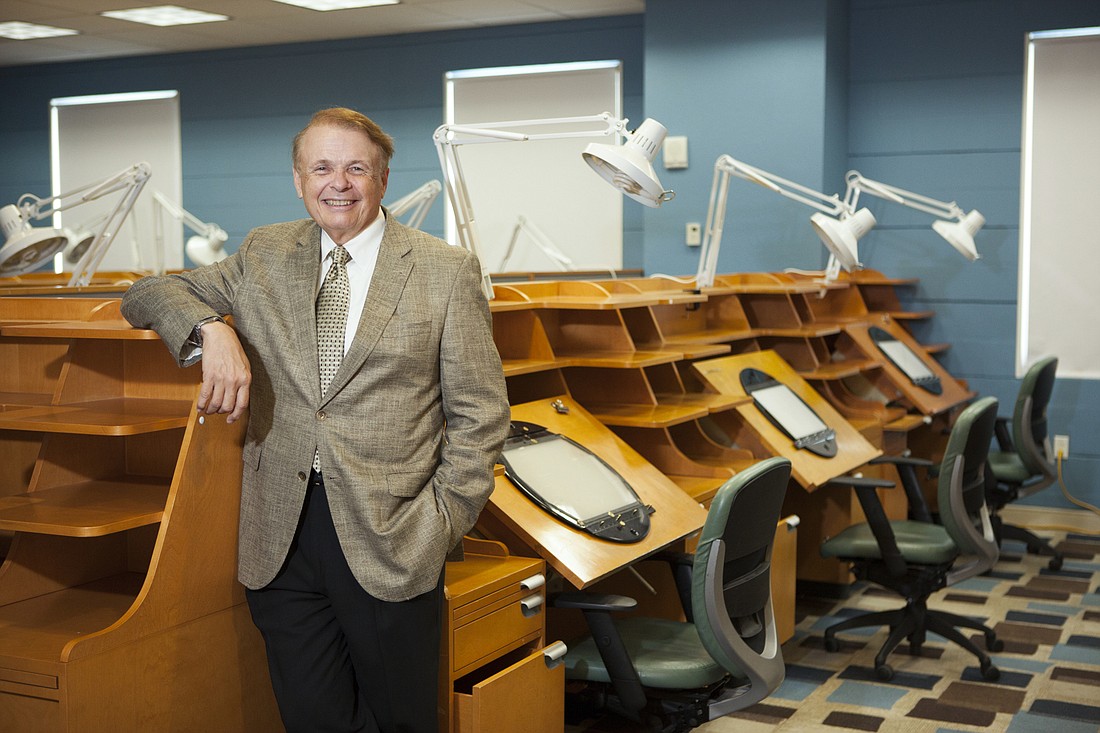- December 13, 2025
-
-
Loading

Loading

The business of higher education faces a coronavirus reckoning similar to Corporate America. In the corporate world, big businesses, from Walmart and Publix to Amazon and Google, have the financial wherewithal to withstand a prolonged crisis in ways small companies usually can’t match.